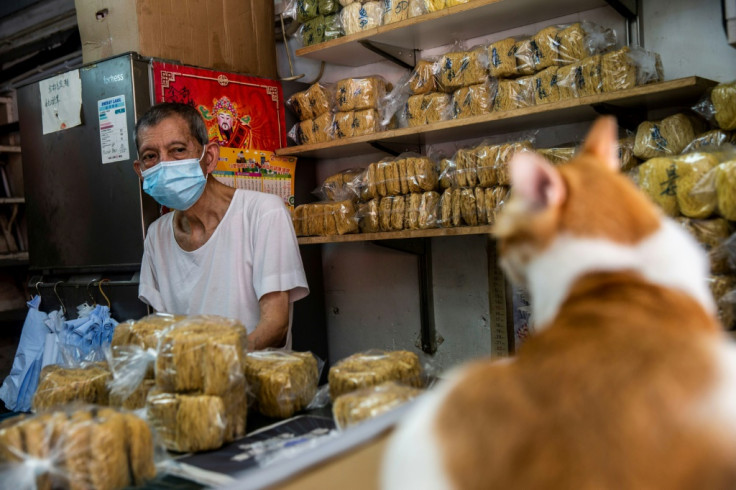UK experts pinpoint animals most likely to cause next coronavirus outbreak
The study aims to promote thorough monitoring of animals that are likely to breed coronaviruses, and not to demonise them.
With the aim to predict the source of the next possible coronavirus outbreak, a team of scientists utilised artificial intelligence along with fundamental biology to find out which animals are most likely to become hosts for viruses that may have already existed but have not yet reached humans.
Researchers from the University of Liverpool in the UK used a computer algorithm and predicted potential hosts of new virus strains. According to the study published in the journal Nature Communications, the three most probable hosts are cats, rabbits, and hedgehogs.
Dr. Marcus Blagrove, one of the study authors and a virologist from the University of Liverpool, stated that they wanted to know where the next coronavirus might come from. He explained that one of the ways that a new coronavirus is created is when two existing coronaviruses recombine. What happens is that these two coronaviruses would infect the same cell, then they recombine and form what he called a "daughter virus." This formed virus is now a new strain.
The algorithm initially looked for biological patterns that can predict which mammals were susceptible to known coronaviruses. The computer pinpointed 411 new strains and 876 potential species of mammals. The next step involves a crucial phase, wherein the scientists determine the species that can harbour several viruses at once.
Dr. Maya Wardeh, lead researcher, revealed to BBC that they taught the algorithm to search for patterns that would indicate the possibility of harboring multiple viruses at once, which can lead to the creation of a mutant virus.
"We were able to predict which species had the chance for many coronaviruses to infect them," said Dr. Wardeh.
Some of the animals mentioned were the civet, hedgehog, dromedary camel, and European rabbit. Prime suspects for possible recombination of coronavirus strains include cats and pigs. These mammals join bats and pangolins, which are already prime suspects when it comes to breeding coronaviruses.
The researchers hope that their findings can encourage more monitoring of animals and figure out how and where the wild intertwines with the human world. They also pointed out that a "spill over" from animal species to human may be a result of "reckless human activity."
© Copyright IBTimes 2025. All rights reserved.






















